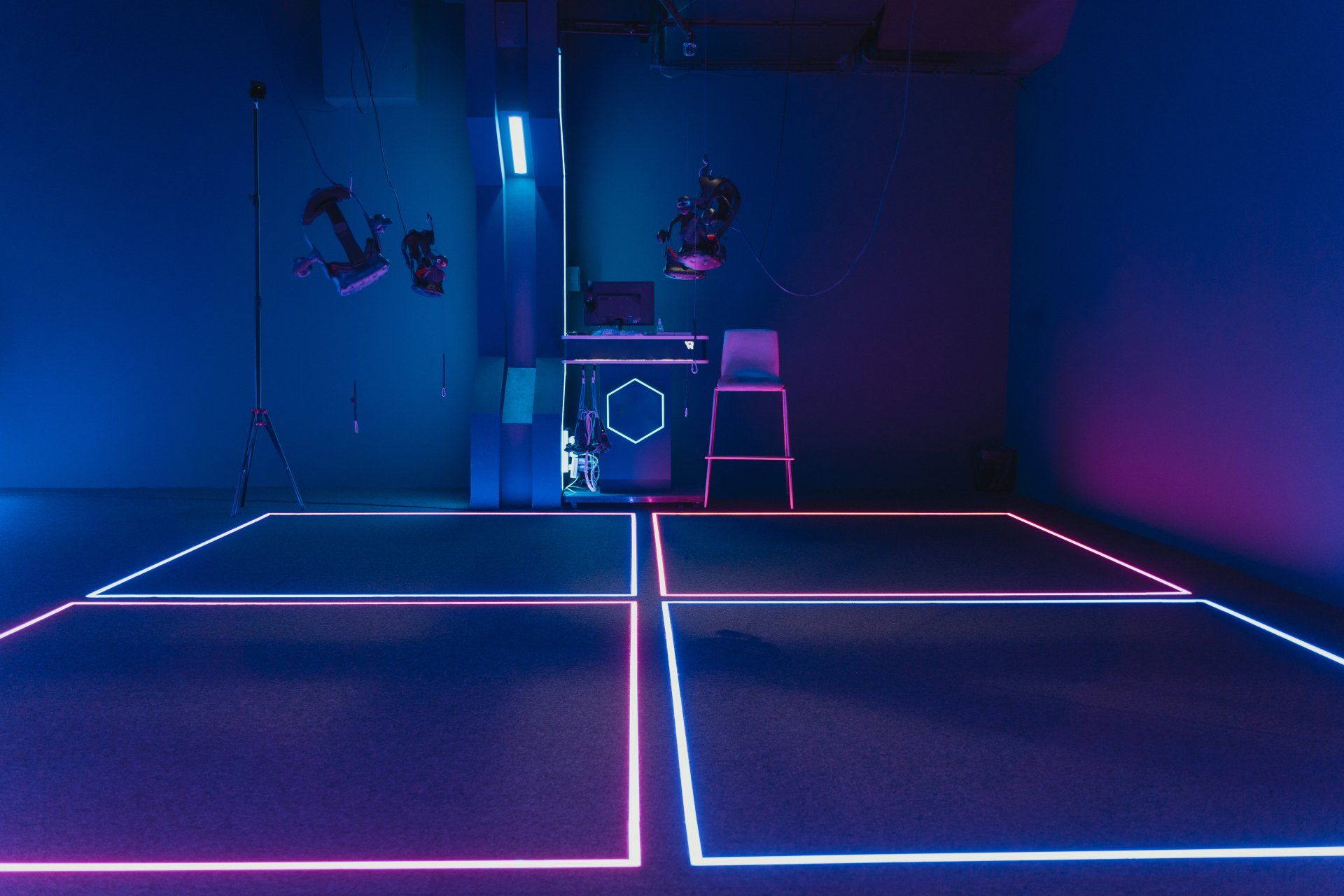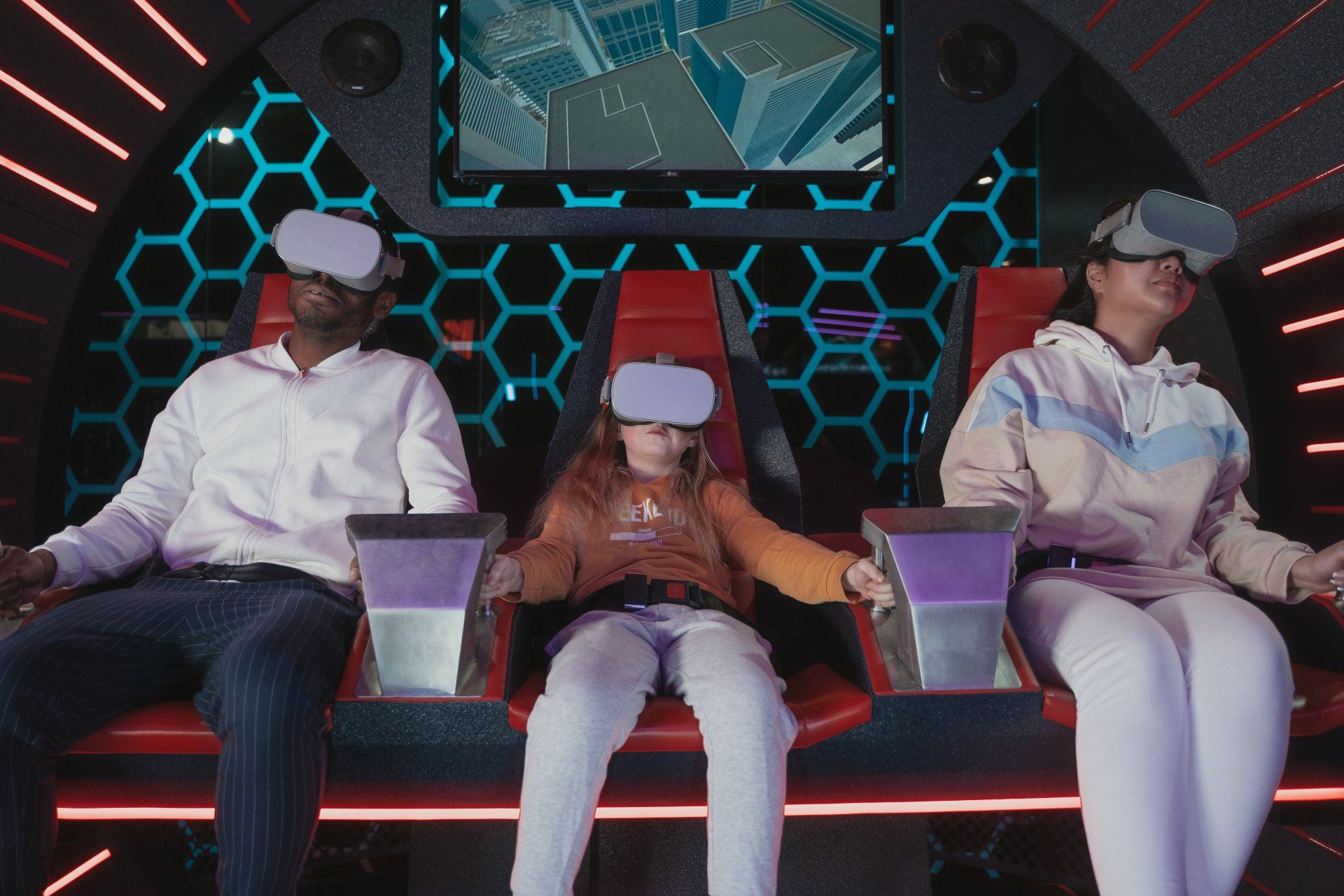What can it be used for?
Augmented Reality is a technology that allows users to view the world in a new way. It uses digital images and computer-generated sounds to create experiences that overlay real-world objects with information or content. AR can be used for a variety of purposes, including navigation, training, marketing, and more.
It's clear that Augmented Reality has many potential applications! Here are just a few examples:
- Navigation: AR can be used to help people find their way around unfamiliar environments quickly and easily. For example, you could use an app to show you where the nearest grocery store is located while you're out shopping.
- Training: By providing virtual training simulations on mobile devices or computers, businesses can improve employee productivity by reducing errors and waste caused by traditional training methods (such as videos).
- Marketing: By overlaying product information directly onto products in stores or online shops, brands can increase sales rates without having to invest in additional ad campaigns or promotional materials.
The different types of Augmented Reality
There are a number of different types of Augmented Reality, and it's important to understand which one is right for your business or project.
Some common variants include:
- Mixed Reality - This type of AR allows you to incorporate real-world elements into the virtual environment. For example, you could use Mixed Reality to create a 3D model of your product that can be placed on shelves in the store or used as part of promotional materials.
- Immersive Journalism - This type of AR allows journalists to embed video, audio, and images directly into their stories without having to go through traditional media channels. This opens up new opportunities for investigative journalism and storytelling in an immersive format.
- Gaming & Entertainment - using Virtual Reality technology, developers can create games and applications that allow users to experience events or locations from a first-person perspective. In this way, gamers can explore faraway worlds or battle powerful monsters inside simulated environments!
Which type should my business use?
The decision depends largely on what your goals are for using Augmented reality technology. If you just want a simple visual display option for customers who are not physically present at the store (for example), then Mixed Reality may be sufficient. If you're looking to engage with consumers more deeply by allowing them access to additional information (such as product specs), then Immersive Journalism might be better suited.
What are the benefits of using Augmented Reality?
Augmented Reality (AR) is a technology that allows users to see the world in a new way. By overlaying digital objects onto real-world surroundings, AR can be used to create immersive experiences that are impossible or difficult to experience without it.
There are countless benefits of using AR, including:
- Increased safety: With AR, you no longer have to worry about being injured by incorrect information or dangerous situations. You can access information and instructions at any time and ensure your safety while navigating your environment.
- Increased productivity: Augmented reality can help you work more efficiently by providing guidance on how best to complete tasks or eliminating distractions altogether. It's also possible to view multiple projects simultaneously and stay organised within them all without confusion or difficulty.
- Enhanced learning opportunities: When students learn in an online classroom setting, they typically use textbooks and other conventional teaching materials. However, with AR technology, they could instead use virtual bookshelves full of educational materials that they could access at any time from anywhere in the world - even when away from the traditional school structure for part of the day! This would enable much greater flexibility for students who need additional assistance but cannot physically attend class due not disabilities etcetera..
- Enhances the User Experience The biggest advantage of AR is that it enhances user experience by making tasks easier or more fun. For example, you can use Apple's augmented reality implementation in FaceTime to call friends without having to go through the hassle of finding their phone number or installing an app on their phone.
- AR also has potential applications in medical research and education. Using AR to visualise complex situations or anatomy inside the hospital OR classroom setting can help students learn at a much faster pace than traditional teaching methods.
- Enhanced Visualisation Augmented reality (AR) is a type of digital technology that superimposes computer-generated images over real-world views to create interactive virtual environments. By adding special software to mobile devices, businesses can create custom AR apps that allow users to interact with products in new and more engaging ways.
There are many benefits to using augmented reality, including increased sales and
customer engagement. Augmented reality can help customers visualise products in a whole new way, making it easier for them to make buying decisions. It also allows business owners to customise their
marketing materials without having to redesign entire
websites or stores from scratch.
How can you use Augmented Reality in your everyday life?
Augmented Reality (AR) is a technology that allows users to view digital objects in the real world. It uses components like cameras, sensors, and displays to create enhanced versions of reality that can be interacted with just as if they were real.
There are many ways AR can be used in everyday life, from finding your way around new cities or landscapes to accessing the information on products you're shopping for. By using AR in these simple and practical ways, you can improve your overall experience and increase efficiency while shopping or navigating unfamiliar territory.
There are also a few more creative applications of AR that could potentially revolutionise how we interact with our surroundings. For example, surgeons performing complex surgeries by sharing 3D models of the patient's organs with other doctors working on the same surgery; architects designing buildings before they even exist by inputting information about climate conditions, geographical features, and population densities; journalists reporting from dangerous regions by wearing virtual reality headsets that allow them to see what's happening directly above them without ever having to leave the safety.
Is AR really a thing?
Yes, augmented reality (AR) is definitely a thing. In fact, it's becoming more and more popular all the time. So what is AR? Simply put, it's using digital technology to enhance or add to the real world. You can see examples of this in everyday life with things like Google Maps and Pokémon Go - those are both classic examples of AR. But AR isn't just for fun anymore - businesses are starting to get involved too!
One example of how businesses are using AR is by adding helpful information to products while they're being sold on store shelves. For example, you might see a product display that has information about its ingredients right next to it so you can make an informed decision before buying. Or maybe you're looking at a new car model and the salesperson wants you to try out the features via their smartphone app.
There's no doubt that augmented reality will continue to grow in popularity over the coming years - so keep your eyes open for ways that it can be used in your business!
Bottom Line
So, where do we stand on AR? That is a great question. As discussed earlier, its potential is immense but there are also some challenges that will need to be solved before it can become mainstream.
In the meantime, make sure you keep in mind that there’s no such thing as adding AR to your business without planning ahead and managing the expectations of customers properly.
Oftentimes, when we look at new technologies or innovations, our first instinct is to jump right into the action with little regard for how it will affect our everyday lives. With AR though, it's important not to go too crazy and instead wait for its full potential to surface before implementing any changes in your business strategy. Not just because of the challenges faced so far but also because your audience may not be prepared yet!










